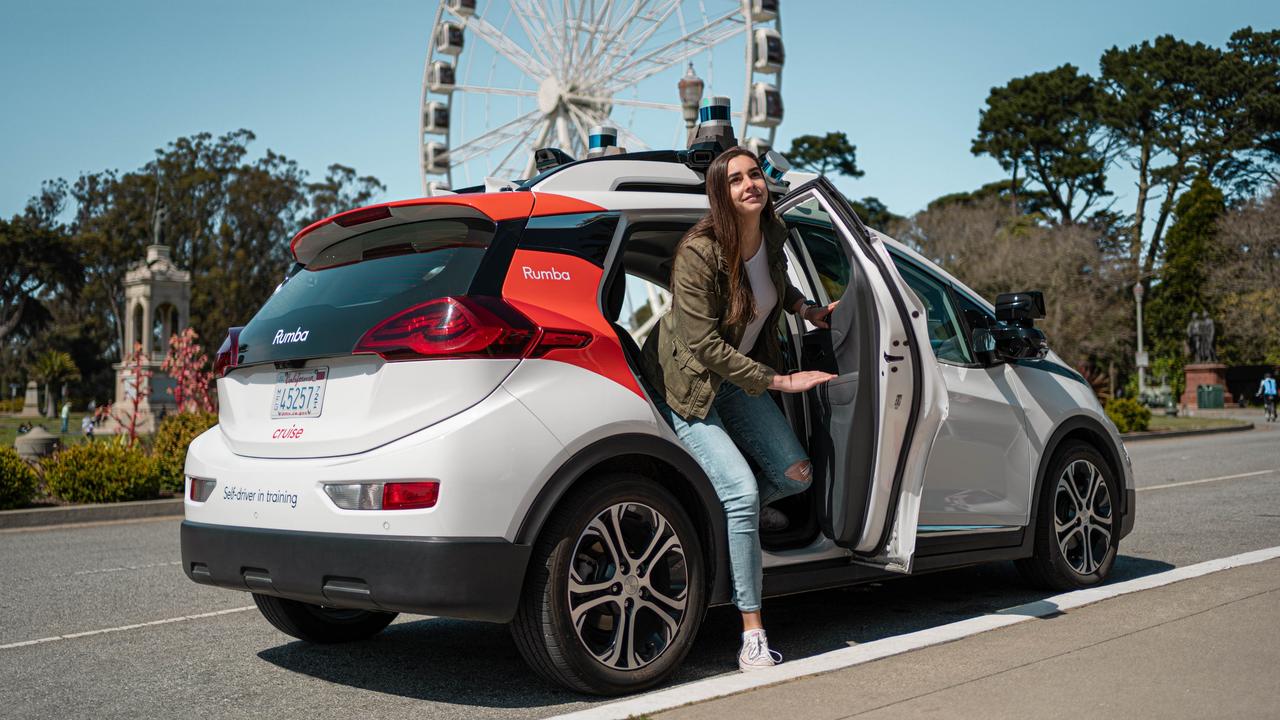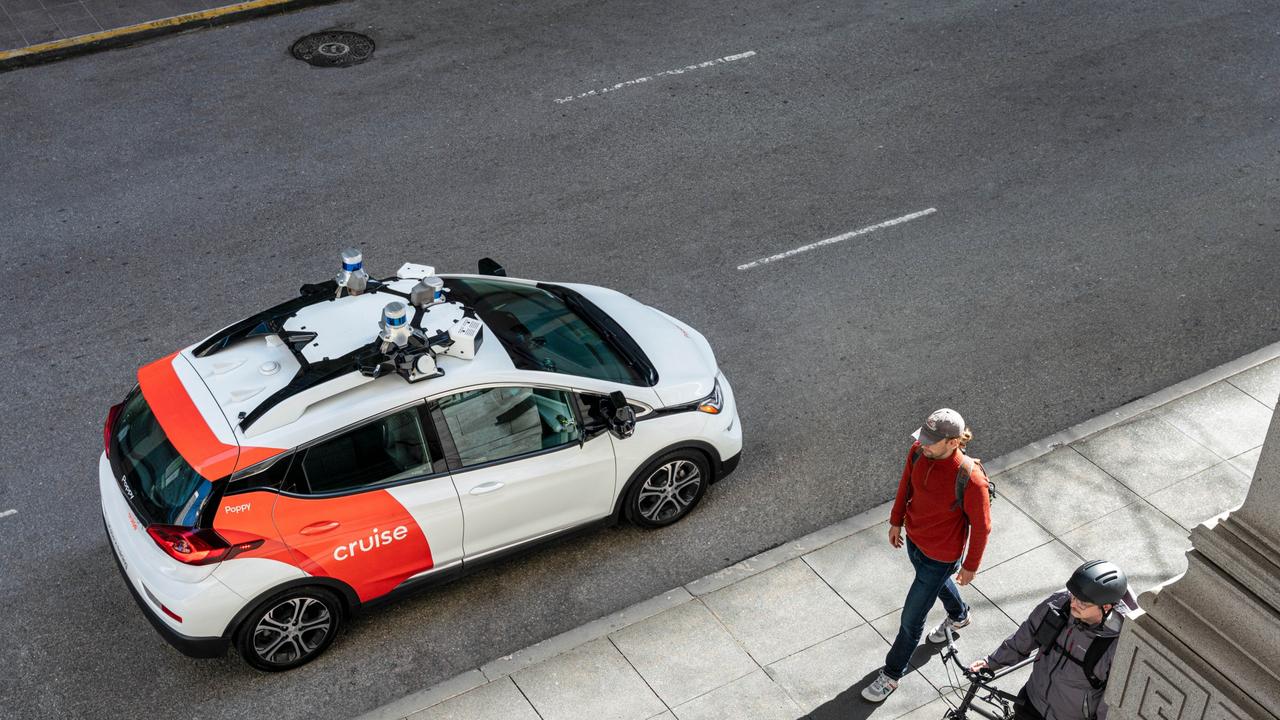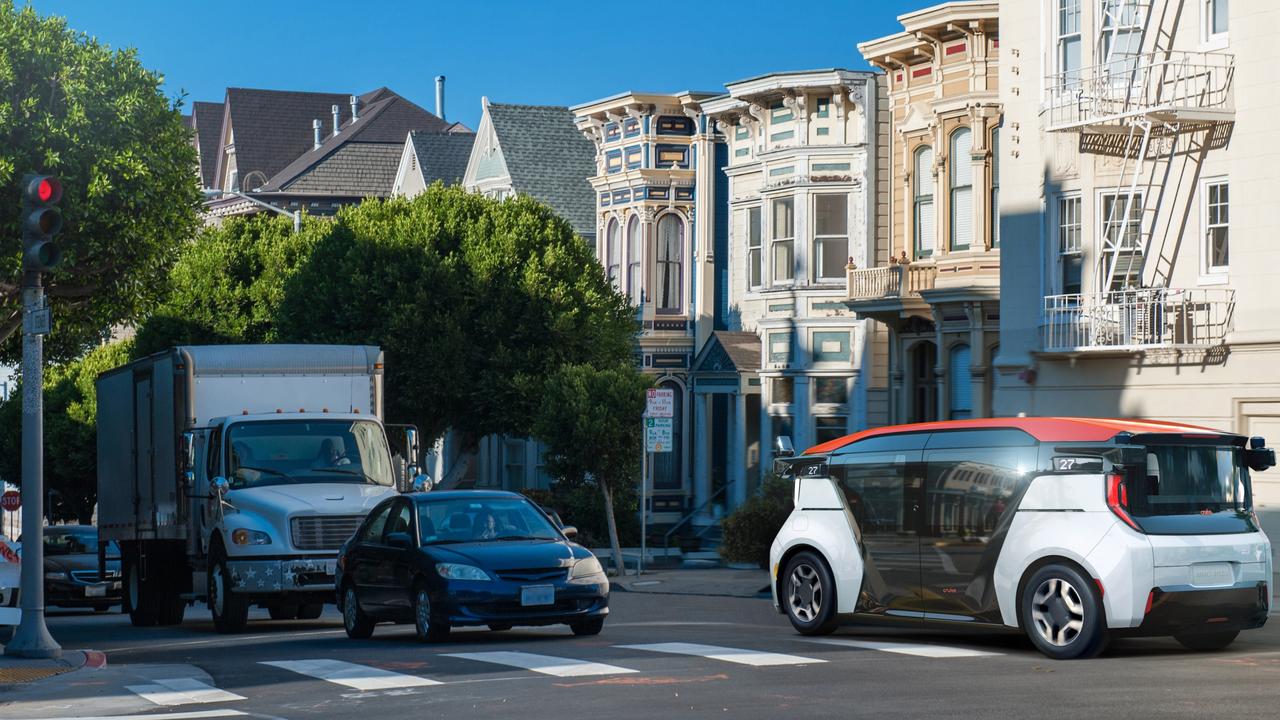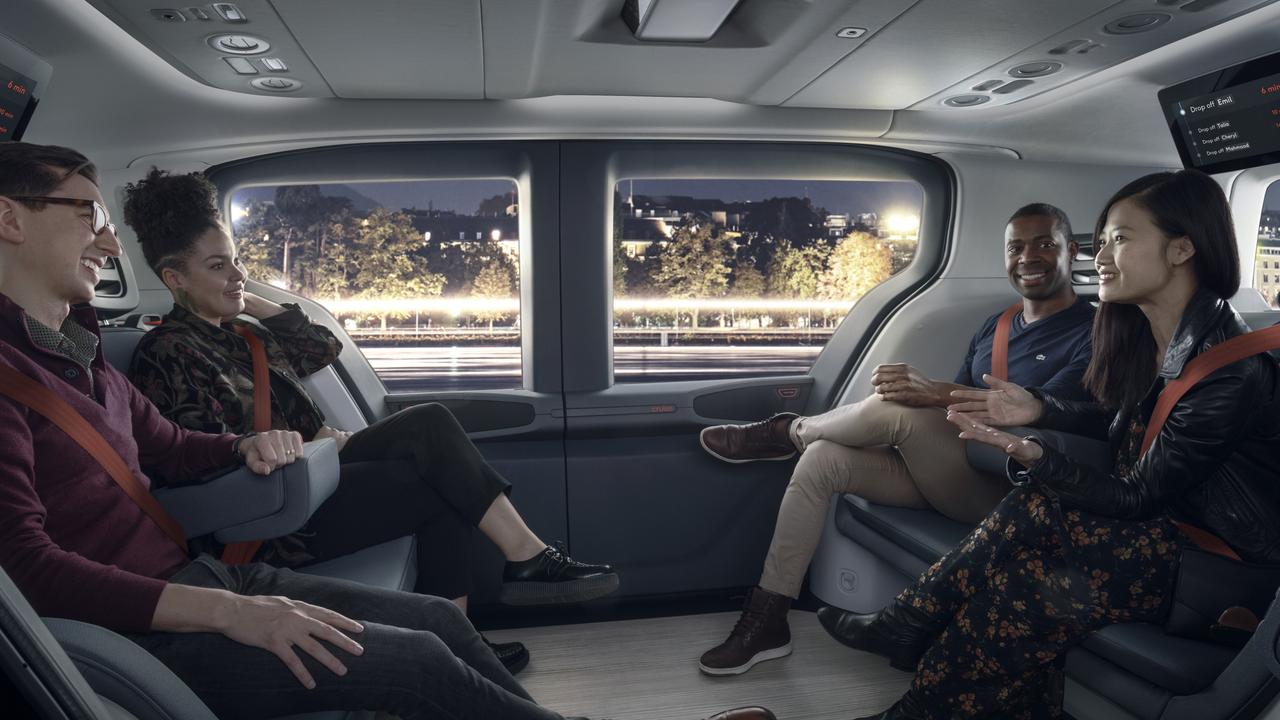General Motors petitions government to remove steering wheel
It’s been an essential item in vehicles for more than a hundred years, but a maker is petitioning its government to remove it from one model.

General Motors is petitioning US safety regulators to give the green light to a car without a steering wheel.
The carmaker filed the landmark petition last week as it takes the next step on its quest to develop a driverless vehicle.
GM has been running 24-hour, seven-days-a-week trials of autonomous vehicles in the city of San Francisco and recently began offering customers the chance to hail a ride without a driver.
The rides can be booked between the hours of 10.30pm and 5.30am, as long as the hailing point and destination are within an 11km by 11km area where the roads have been mapped for driverless vehicles.

The company says hundreds of people have taken the rides and feedback has been overwhelmingly positive.
While San Francisco is the most developed test area, GM is also looking at eventually offering limited driverless ride hailing in Dubai and Tokyo.
It also has a driverless trial of door-to-door contactless delivery vehicles in Arizona, although those vehicles still require driver supervision.
The technology is being co-developed with a tech start-up called Cruise, which is 80 per cent owned by the carmaker. Cruise is developing a six-seater ride-share vehicle called the Origin, which doesn’t have a steering wheel.

Prashanthi Raman, vice president of global government affairs at Cruise, says the filing with the National Highway Traffic Safety Administration will ensure the rollout of the technology isn’t hindered by red tape.
“The legislation and regulations aren’t there yet, our program and technology is,” she says.
Raman says autonomous vehicle regulations are like “patchwork” with different states and cities having different rules and laws. Uniform federal laws are also needed.
“It is a process that has been started. We’re first to do it so it has taken much longer,” she says.
Raman says “the plan is to be comparable to ride-sharing” on pricing, but as the fleet continues to grow it will “will help drive the costs down even further”.

The filing will also ask for changes in rules on windscreen wipers, which aren’t needed, and heavy window tinting, which isn’t allowed at the moment.
While many car companies – most notably Tesla – have spruiked driverless vehicles, none has come close to delivering a final product. After an initial blaze of publicity, the industry appears to have gone quiet on the technology.
The GM vehicles have an elaborate array of cameras, lidar and radar sensors on the roof and around the car. The cameras can spot pedestrians and cyclists and read road signs, while the lidar creates a 3D view of the car’s surroundings and radar measures the speed and trajectory of moving objects.
The cars have what the industry classifies as level 4 autonomous driving, which basically means they can operate without a driver in a controlled environment.

Most experts believe that true autonomous driving – called level 5 – is more than a decade away.
There have been accidents with the cars during the Cruise program, although the brand says they were caused by other drivers in the majority of cases. No severe accidents have been recorded.
GM says autonomous vehicles have the ability to cut the road toll while also reducing pollution and congestion.
The current autonomous fleet is based on the existing Chevrolet Bolt EV, but GM expects the Origin to launch next year.

The Origin can take six passengers sitting three-abreast facing each other.
There are still constraints with the vehicles. Bad weather such as fog and rain can interfere with the car’s sensors and cameras. If bad weather develops the car will recognise it and execute a controlled stop.
The maximum speed for driverless cars is about 40km/h.
Raman cautions that the rollout of driverless technology will be a lengthy, complicated process, as different countries have different traffic environments, languages and even driving styles.
She says it’s not the sort of technology where a “cookie-cutter”, one-size-fits-all approach will work.
“As much as we want it everywhere tomorrow, there’s a lot of work to be done,” she says.




